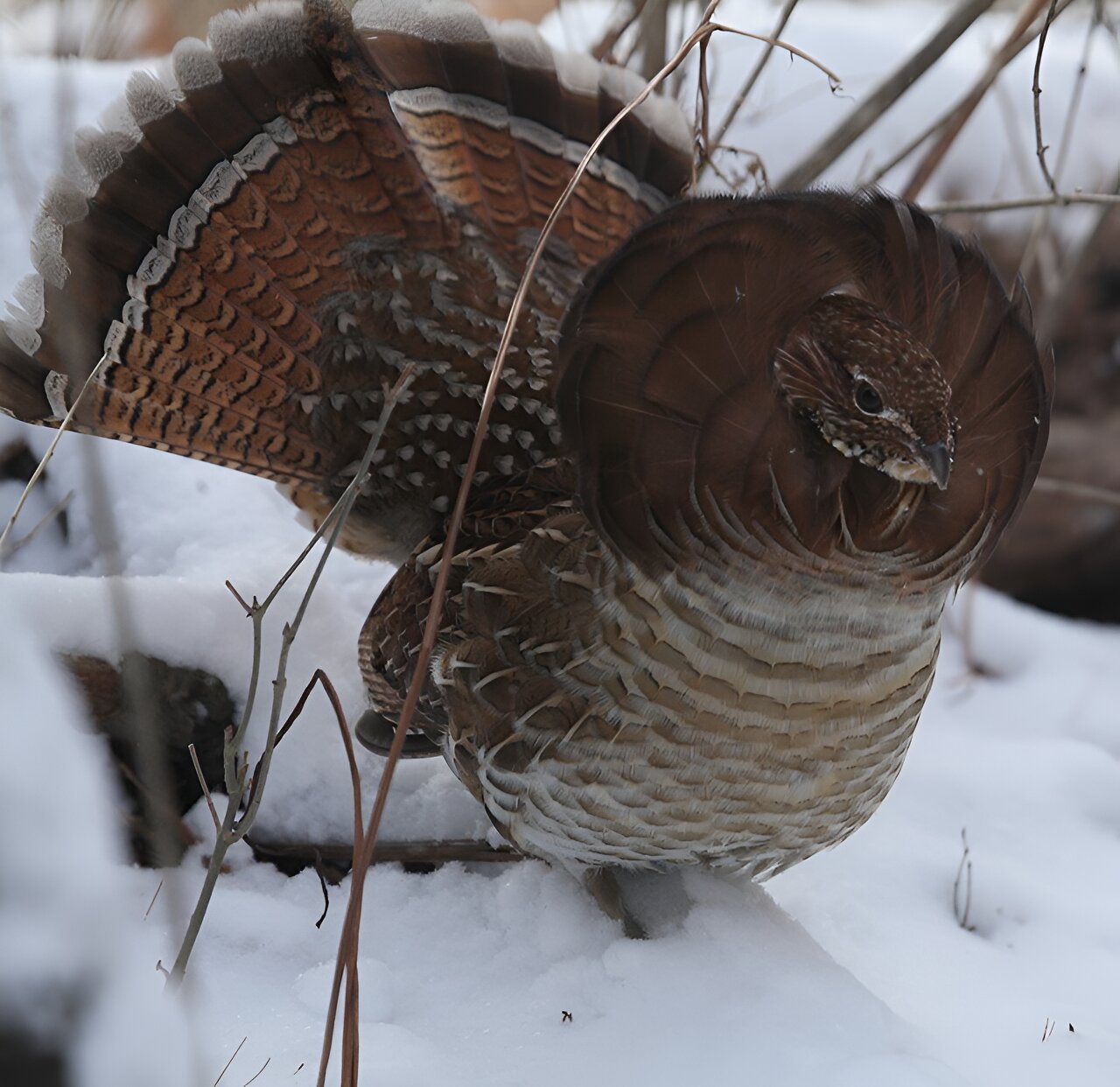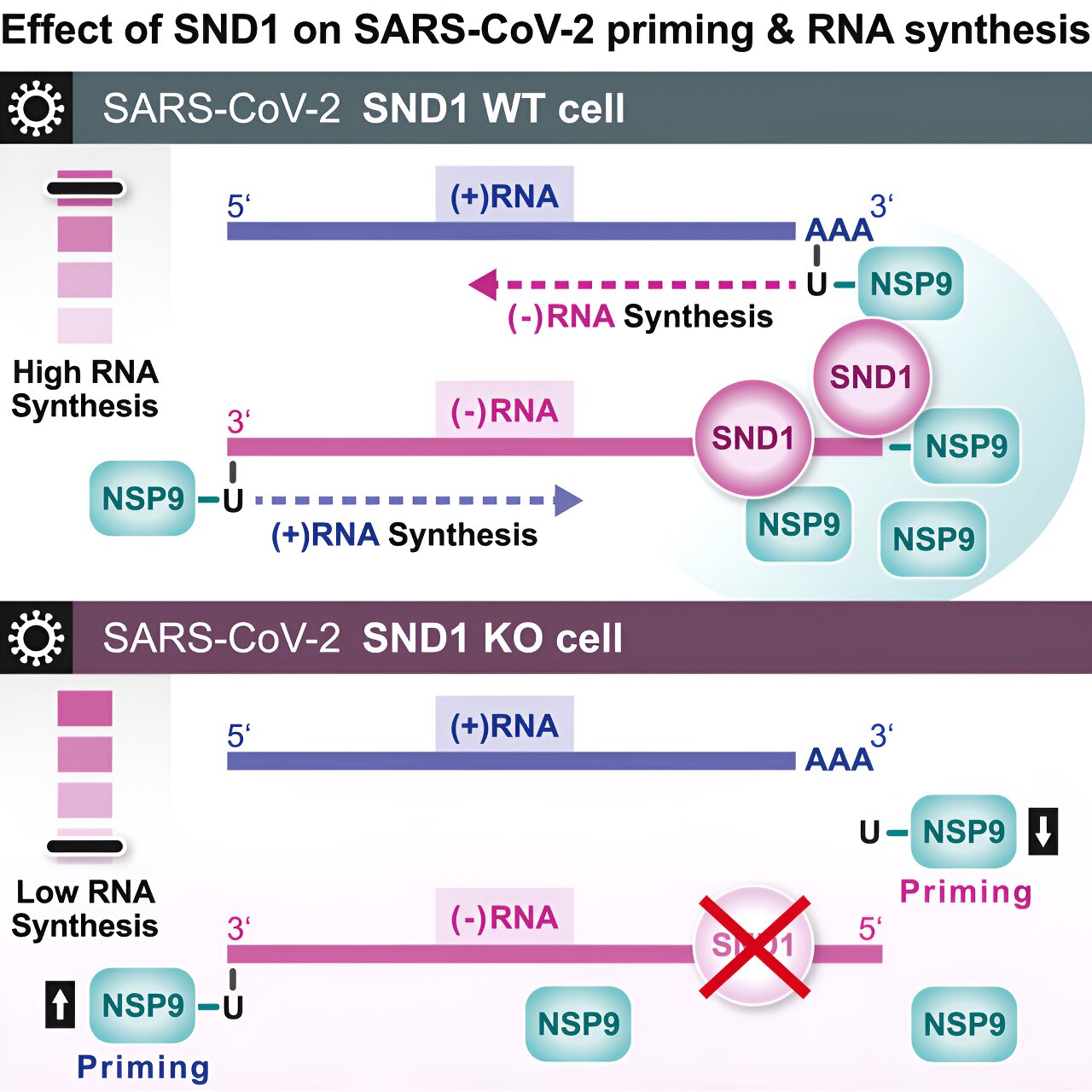Despite decades of decline, a groundbreaking genetic analysis of Pennsylvania’s state bird, the ruffed grouse, has revealed surprising results. The study, led by researchers from Penn State and the Pennsylvania Game Commission, suggests that the bird harbors more genetic diversity and connectivity than previously thought. This discovery offers hope that the iconic game bird can be protected and maintained in sustainable numbers with the right conservation measures in place. The findings have been published in Molecular Ecology.
Pennsylvania’s ruffed grouse populations have experienced a staggering decline of up to 70% since the 1960s. The southern part of the state has been particularly affected by West Nile virus, transmitted by mosquitoes, as well as habitat fragmentation due to development. “By all typical metrics, the ruffed grouse is in a state of rapid decline,” says Julian Avery, associate research professor of wildlife conservation at Penn State and co-author of the study. “However, until now, no one had used genetic tools to investigate the effects of this decline at a deeper level. By applying whole-genome sequencing, we have discovered that the bird is genetically more resilient than we expected. This means that habitat protection and other management interventions can effectively safeguard this species.”
Leilton Luna, postdoctoral researcher at Penn State and corresponding author of the study, explains that when a population’s size drops too low due to disease or habitat loss, inbreeding can occur, leading to a decline in genetic diversity over time. “Populations with low genetic diversity struggle to adapt to changing environmental conditions and are at a higher risk of extinction,” Luna says. “While the Pennsylvania ruffed grouse has experienced a sharp population decline, it still possesses a level of genetic diversity and connectivity that gives us hope for its preservation.”
To begin their research, the team created the first high-quality reference genome for the ruffed grouse. This reference genome serves as a standardized genetic baseline, allowing accurate comparisons of genome-wide diversity between individuals and populations. Additionally, it enables investigations into whether specific genetic components, such as adapted genes, contribute to varying population responses to West Nile virus.
To assess the population health of the ruffed grouse in Pennsylvania, the researchers sequenced the genomes of 54 individual birds from both fragmented and intact habitats. They examined the sequence data for evidence of gene flow, which indicates the exchange of genetic material among migrating populations. “We compared each individual to every other individual that we sampled,” Luna explains. “This allowed us to determine if the birds belong to a single geographic population or different populations. We also examined how environmental factors, such as habitat fragmentation and terrain elevation, influence the dispersal of birds and the exchange of genes.” The team’s DNA analysis revealed some evidence of population subdivision across the state, with reduced genetic connectivity in the south where habitat fragmentation is prevalent. “This suggests that the population may not be as dire as we initially thought,” Luna says. “It also helps us identify areas that would benefit from the development of habitat corridors. However, this is just a snapshot of the population at this moment. In the future, we hope to analyze the DNA of museum specimens to compare the genetic diversity and connectivity of today’s populations with those from before the presence of West Nile virus and extensive habitat fragmentation.”
In a surprising twist, the researchers stumbled upon the presence of two genetic “anomalies” known as chromosomal inversions. These occur when a segment of DNA breaks off and reattaches in reverse order. “We found chromosomal inversions in some of the individuals we sampled, and these were found across the entire state,” says co-author David Toews, assistant professor of biology at Penn State. “The data clearly show that there are two large chunks of the ruffed grouse genome that are highly differentiated from the rest, and they do not follow any obvious geographic pattern among the birds. It adds an intriguing element to the story.”
Toews explains that chromosomal inversions have been previously observed in other bird species and have been associated with different plumage patterns or more aggressive behaviors. The team is currently investigating how these inversions might affect the ruffed grouse. In the meantime, Toews emphasizes the importance of these inversions for conservation efforts. “Although ruffed grouse may appear similar on the surface, they actually possess significant genetic differences,” he says. “In the context of conservation, it may be crucial to consider protecting individuals with these genetic variations.”
Avery highlights Penn State’s longstanding collaboration with state agencies, such as the Pennsylvania Game Commission, Pennsylvania Fish and Boat Commission, and Pennsylvania Department of Conservation and Natural Resources, in collecting and analyzing scientific data to inform conservation strategies. He believes that the team’s findings indicate that specific management interventions can help maintain healthy ruffed grouse populations. These interventions include creating and maintaining habitats that connect forested regions and populations, evaluating the impact of hunting to ensure it does not contribute to the decline of vulnerable populations, and implementing periodic genetic monitoring to track changes and assess the effectiveness of habitat interventions.
“Not only do ruffed grouse play a vital role in the ecosystem, but they are also incredibly fascinating creatures,” Avery says. “During the spring, the males produce a drumming sound to attract mates, and you can feel the bass when they drum in the woods. They pair this drumming with a flashy display of ornamental feathers and a spread tail, similar to the extravagant performance of a male peacock. Additionally, in the fall, ruffed grouse grow fascinating extensions of their toe scales that may help increase surface area during the winter months. They are truly beautiful and bizarre, deserving of our conservation attention.”
The paper’s other authors include Lisa Williams, wildlife biologist; Kenneth Duren, game bird section supervisor; and Reina Tyl, wildlife biologist, all from the Pennsylvania Game Commission.








